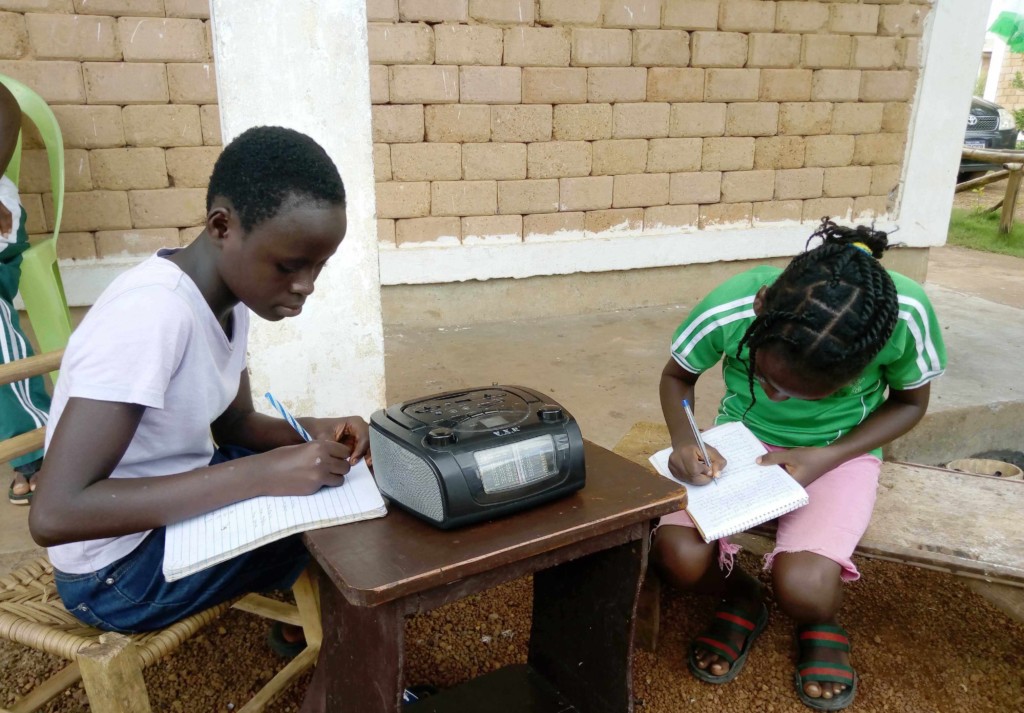TV, radio, and SMS for distance learning

INTRODUCTION
Educational radio and television can support the millions of children who lack access to the internet or have low digital literacy.
The effectiveness of these approaches is increased when programming encourages child and caregiver interaction. This can be enabled by SMS and other messaging tools.
Why It Matters
Only 1/4 of children globally can access online educational resources
During the Covid-19 crisis, 80% of low-income countries used radio for distance learning
TV shows like Sesame Street have improved learning in low and middle-income countries
Learn more about TV, radio, and SMS
10-minute reads
Get started here
- Using TV to support learners in low and middle-income countries: A rapid evidence review
- Delivering radio education to children in low and middle-income countries: A rapid evidence review
- A curated list of resources on interactive radio instruction
All of our research and advice on TV, radio, and SMS
- How to Guide: Delivering High-Quality Radio Learning
- Expert Consultation: Radio-based Education in the Philippines
- Using TV to support learners in low and middle-income countries: A rapid evidence review
- Delivering radio education to children in low and middle-income countries: A rapid evidence review
- A curated list of resources on interactive radio instruction
- Implementing radio-based education in the Philippines
- Providing distance learning to hard-to-reach children in Pakistan
Photos by Rising Academy Network

